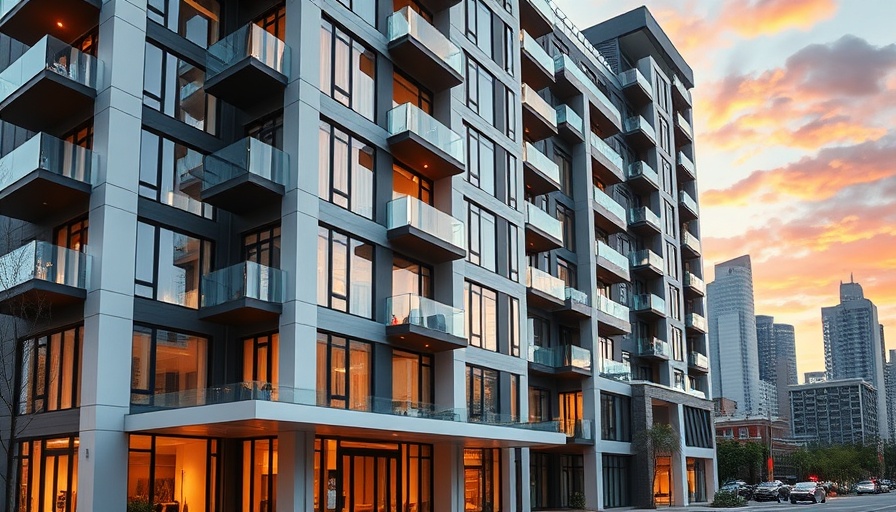
The Future of Housing in Cambridge: A Major Development Unfolds
In a move that could reshape the housing landscape of Cambridge, a proposed development set to cost $4.5 billion is on track to introduce over 2,600 apartments to the area. Spanning nearly 46 acres, this ambitious project aims to not only increase housing stock but to create a vibrant community space just steps away from the MBTA Red Line terminus.
What to Expect: Design and Amenities
According to Healthpeak's filings, the project promises 4.6 million square feet of new developments, including residential buildings, retail spaces, and open areas designed for public use. Approximately 14 acres will be dedicated to plazas, open spaces, and pocket parks that encourage outdoor activities and social interactions. With a focus on pedestrian-friendly infrastructure, planners hope to foster a sense of community through walkable streets and active ground floors.
Building for Tomorrow: Infrastructure and Accessibility
A significant highlight of the proposal includes a new pedestrian bridge over the Commuter Rail tracks, providing improved access to the MBTA Alewife Station. This feature can be pivotal for residents who rely on public transportation, highlighting a trend toward improving urban transit connections in densely populated areas.
The Project Timeline: Phased Construction Ahead
The estimated ten-year timeline for the project's construction includes two distinct phases, with initial breaks expected to begin following local approval projected for late summer 2026. The planning documents indicate that the tallest building will rise to 160 feet, further adding to the evolving silhouette of Cambridge's cityscape.
As community discussions unfold, this project awaits official green lights from local officials and the MBTA, pivotal for establishing a thriving, diverse neighborhood that aligns with Cambridge's growing urban development goals. Residents and stakeholders are encouraged to engage in the ongoing dialogue about this transformative initiative, which promises to play a crucial role in housing accessibility in Boston’s vibrant suburbs.
 Add Row
Add Row  Add
Add 




Write A Comment